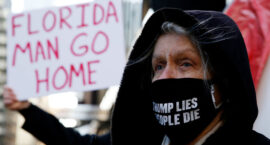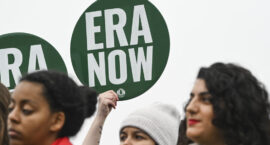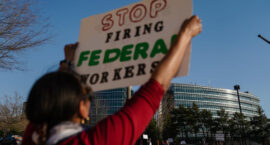
Margaret Prescod, co-founder of Black Women for Wages for Housework, knew that raising children is hard work and that women on welfare are among society’s hardest workers. In a newsletter printed up by Prescod and Wilmette Brown and handed out at the 1977 National Women’s Conference in Houston, they wrote, “We don’t need more work. We need more money to work less.”
And after several days of lobbying, bolstered by support from delegates from several Southern states, the National Plan of Action ratified by the conference included a plank labeled Women, Welfare, and Poverty, which stated: “We support increased federal funding for income transfer programs. And just as with other workers, homemakers receiving payments should be afforded the dignity of having that payment called a wage, not welfare.”
The demand encapsulated in the Women, Welfare, and Poverty plank of the Plan of Action—the result of lobbying and organizing by Black, working-class and poor women—was perhaps the most visionary proposal to come out of the conference.












